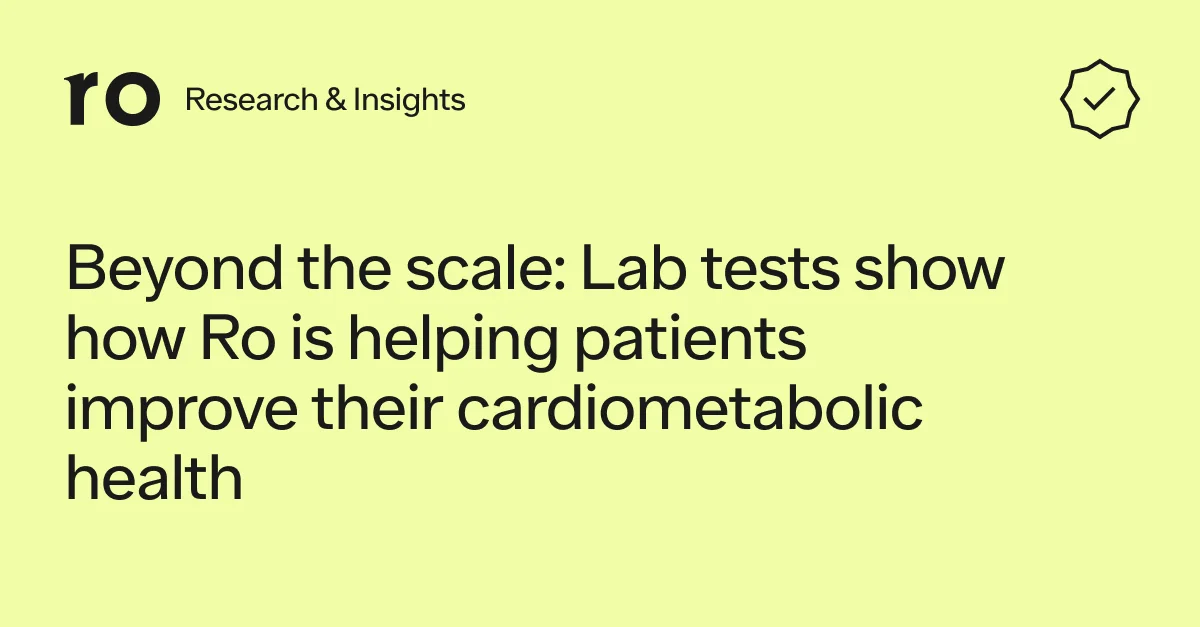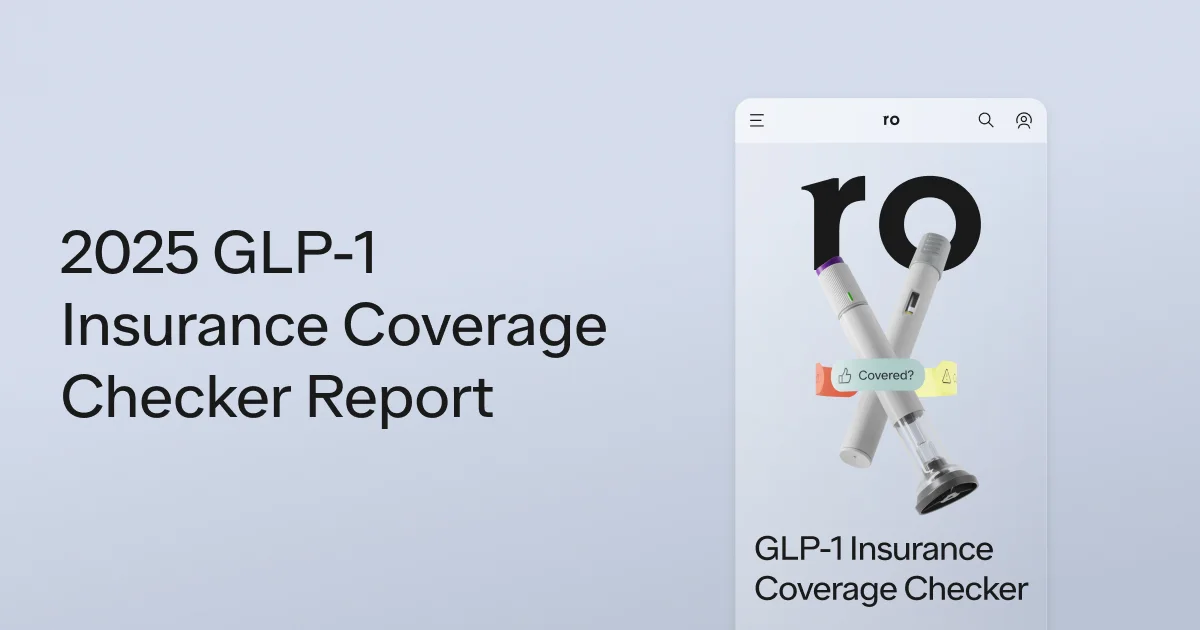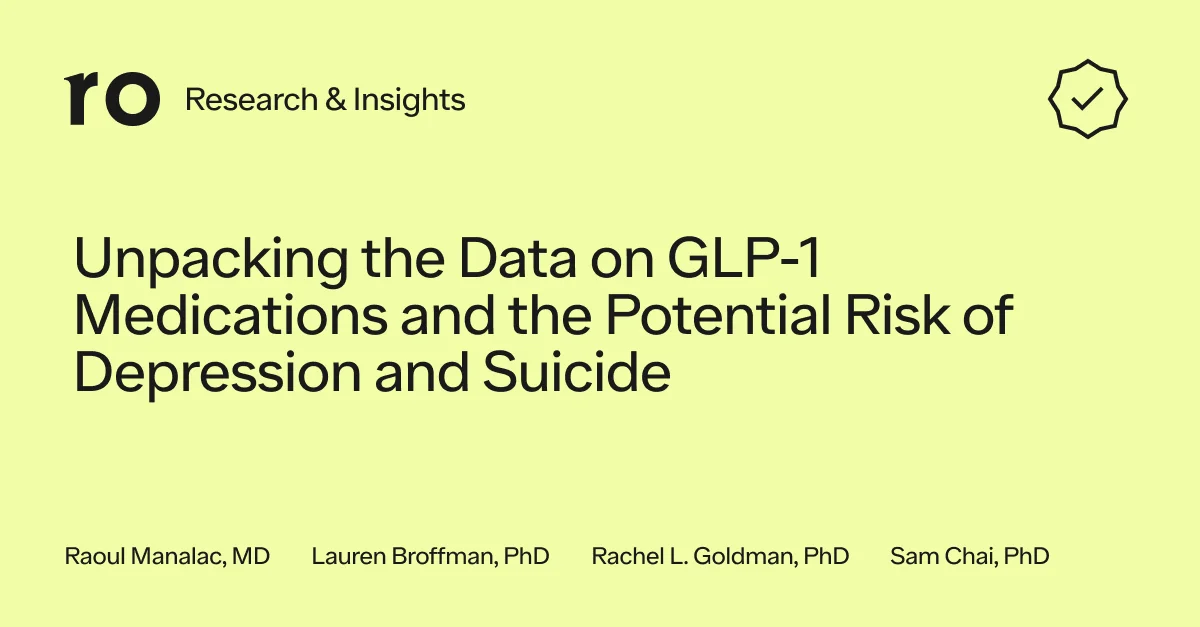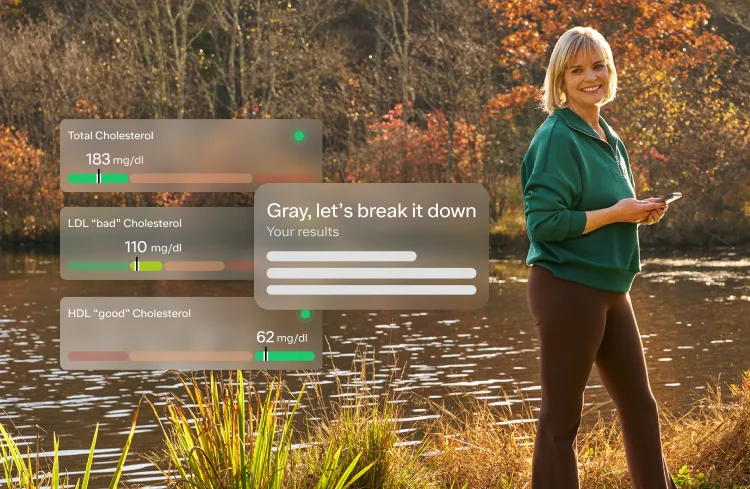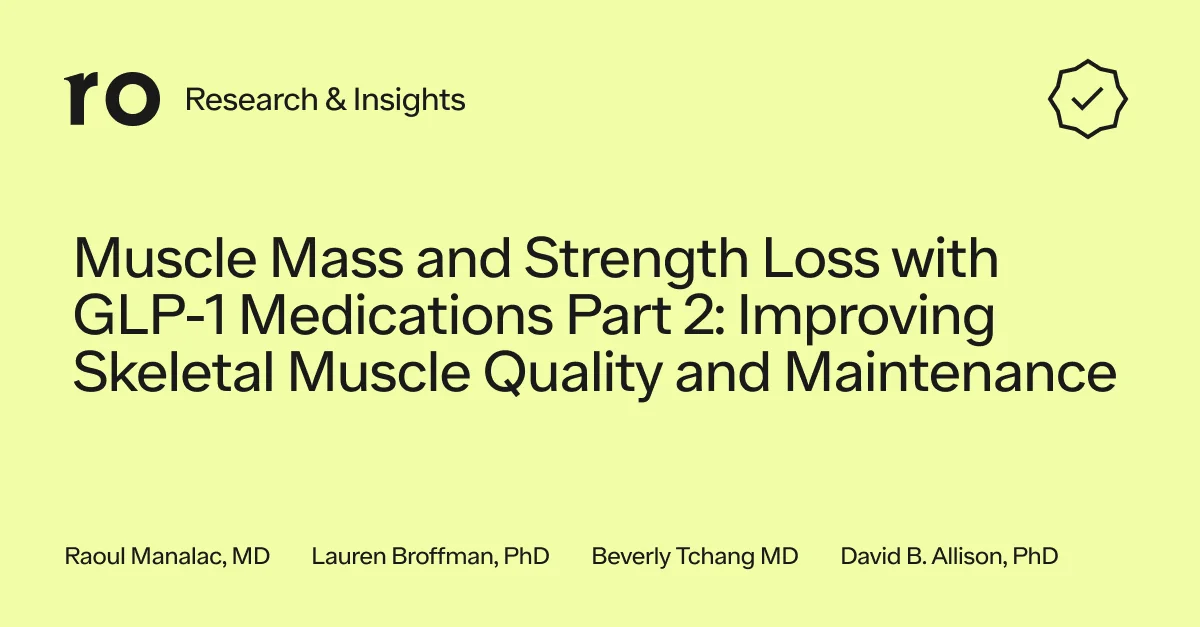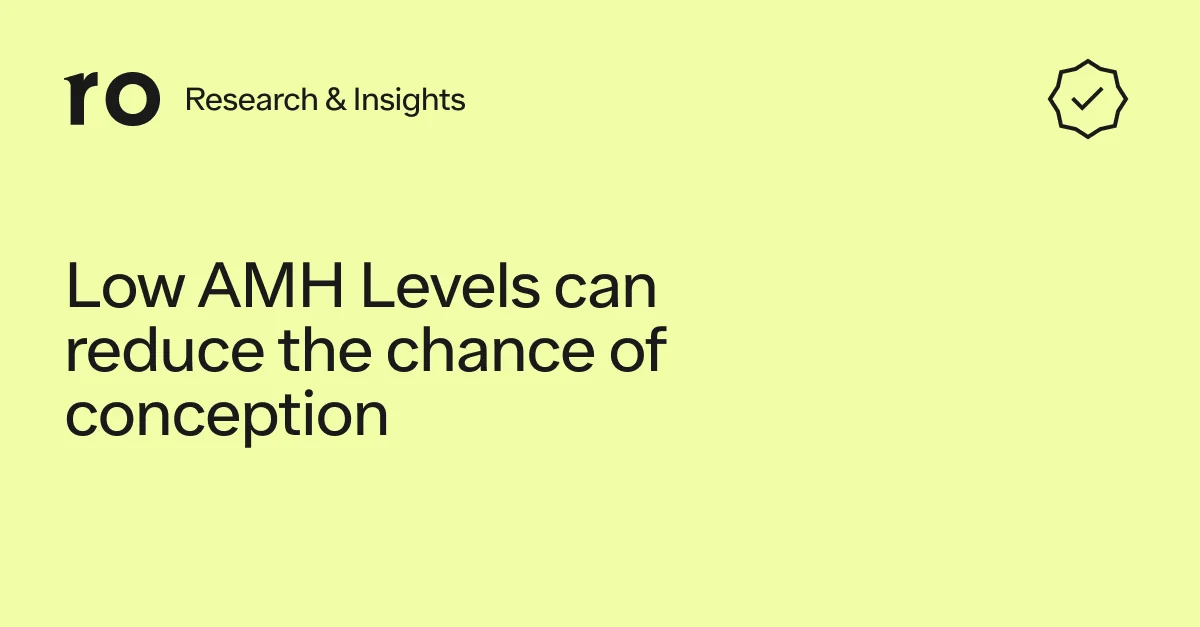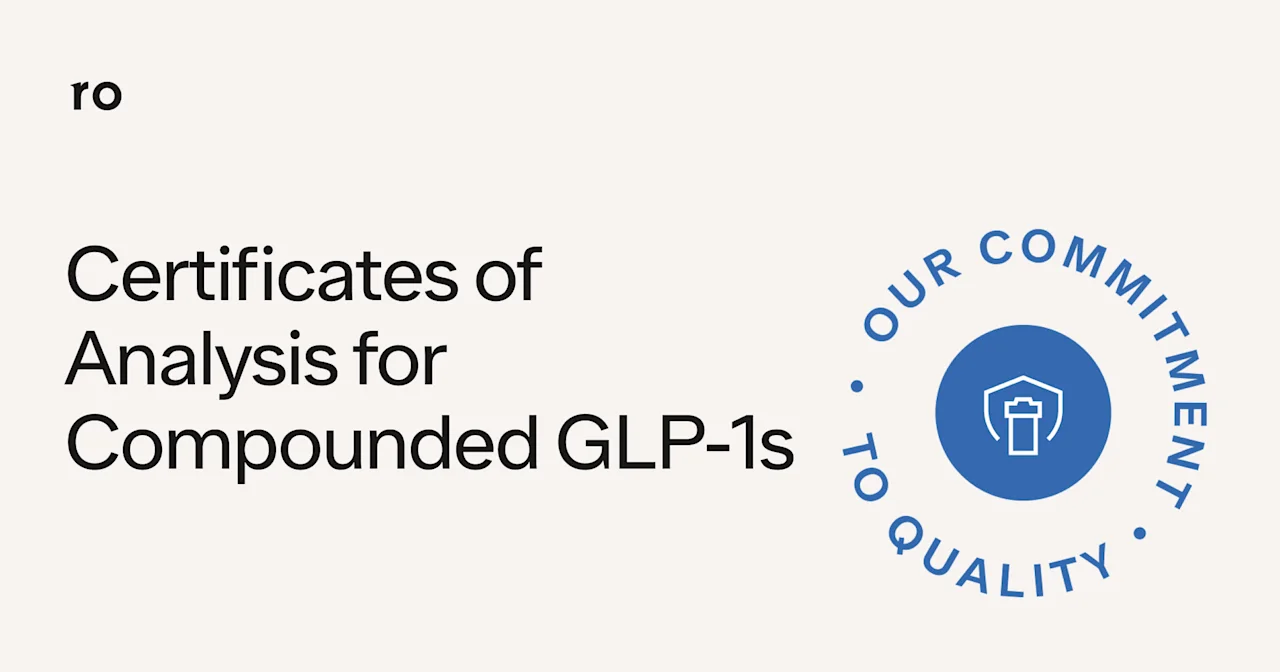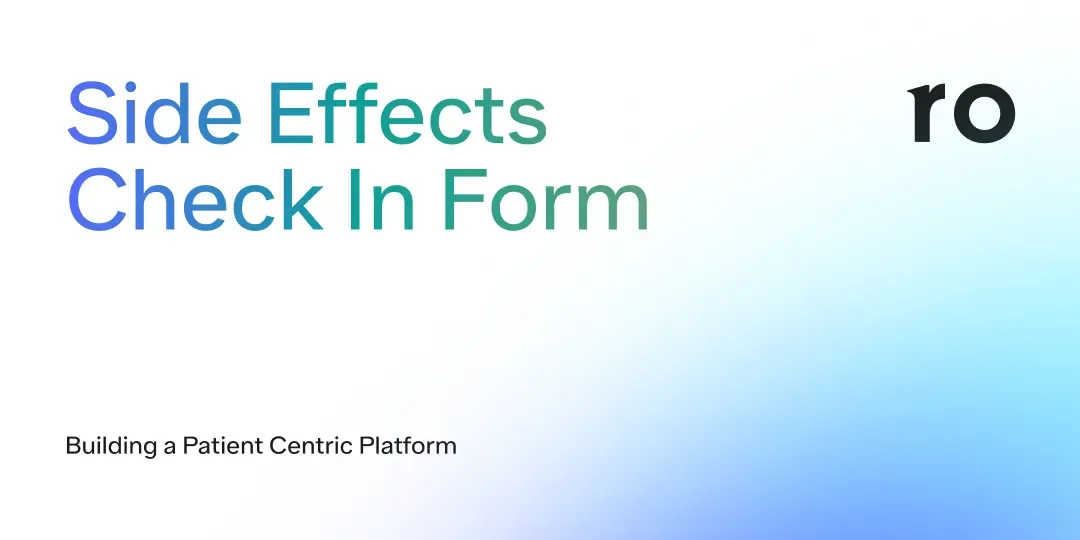
Ro’s vision is to build a patient-centric healthcare system. In this series, we’ll take a look at the patient-centric solutions that Ro’ers are building to make this a reality — from technology to simplify the patient experience to tools that help providers seamlessly communicate with patients. Each article will spotlight a specific challenge that our team set out to solve and detail how they used clinical experience, technical expertise, data insights, and patient and provider voices to build a solution.

Side effects are an unfortunate reality for patients starting or changing treatment plans. The process to report side effects, however, creates too many barriers for patients — whether it’s getting in touch with their provider or finding time on their schedule to make another trip to the clinic.
For one, standard brick-and-mortar care relies on patients proactively reporting side effects through far-from-frictionless channels — particularly phone calls and in-person follow-ups. On top of that, side effects themselves are a known driver of medication non-adherence, leading many patients to pause, end, or otherwise not fully adhere to their treatment plan depending on the severity. Held together, these two realities create an environment wrought with pain points that can ultimately lead to worse health outcomes for patients.
Ro recognized the inherent problems with the traditional side effect reporting process and set out to design a program that supports stronger collection and analysis of side effect information, as well as timely patient-provider connections to address any side effects they may experience.

Ro’s platform is purpose-built to offer patients as convenient and seamless an experience as possible to help them achieve their healthcare goals. In the spirit of innovating on behalf of patients, our Clinical Research and Quality and Safety (Q&S) teams identified side effects as one area where improvements to the patient experience could directly impact the quality, safety, and efficacy of treatment offered through Ro.
Ro designed, tested, and rolled out a new Automated Side Effect Check-in and Management Program, consisting of:
Automated Side Effect Check-in Form: This form is automatically sent to patients after a set period of time (as determined by their treatment and provider) throughout their treatment journeys, prompting them with questions about side effects. This enables a greater rate of side-effect reporting, structured, more accurate population health data, and a faster response to those experiencing side effects.
Side Effect Guidance Messaging: Recognizing that the Automated Check-in would lead to an increase in care management demand on providers, Ro’s Clinical team developed messaging frameworks to help providers counsel patients around the most common mild side effects. The frameworks are intended to facilitate prompt, thorough and clinically-rigorous responses to patient concerns at scale — leaving room for providers to add personalized touches to further build relationships with their patients.
On-Call Nurse Response: While most side effects are mild, it’s important that when a patient reports a more serious side effect there is a prompt response from a provider. When a patient indicates that they have experienced a serious side-effect in the Check-in, a message is immediately delivered to an on-call nurse who can ensure appropriate and quick patient follow-up.
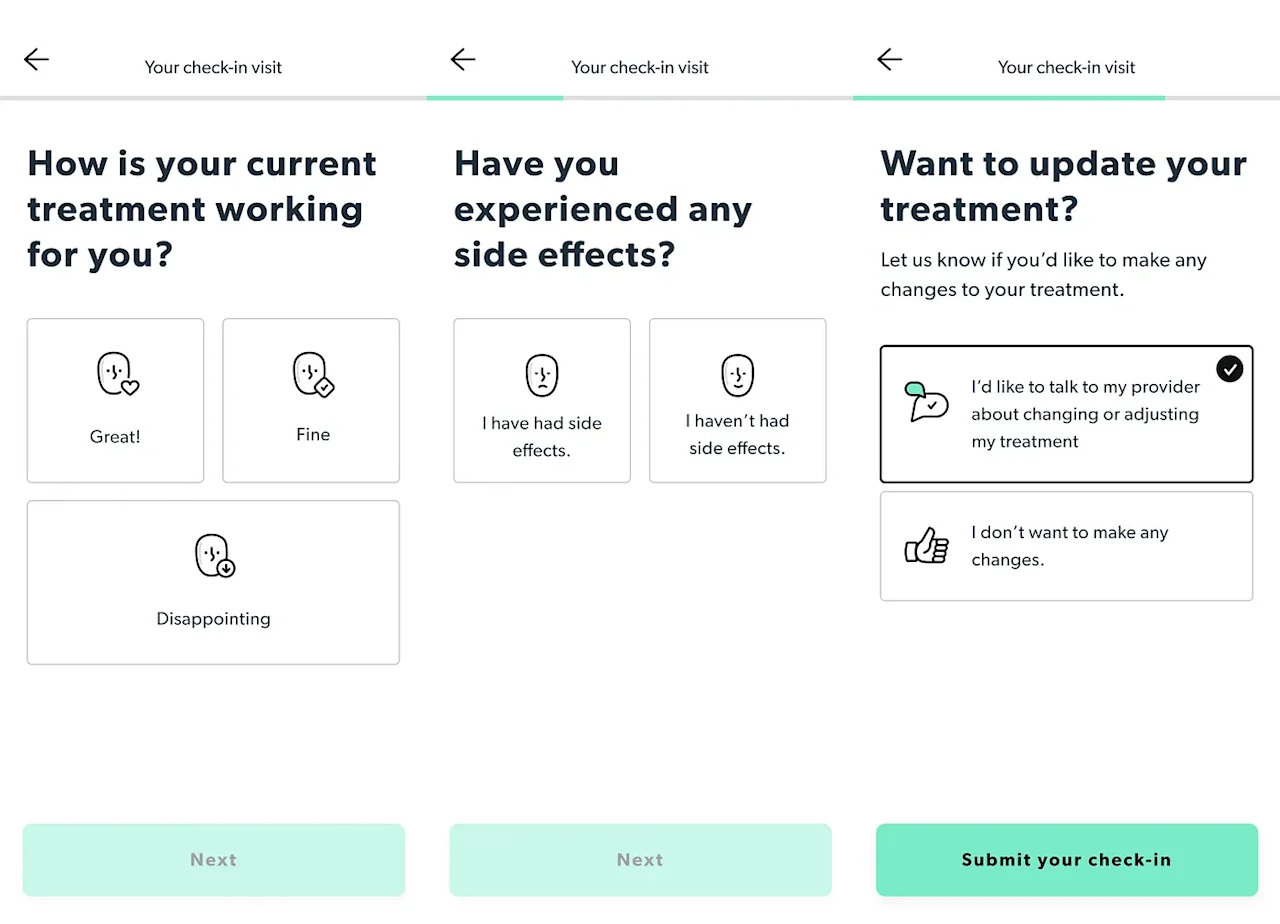

Standardizing and automating certain aspects of patient-provider communication has already improved side effects reporting and treatment continuation outcomes for Ro patients.
A cross-functional team that included stakeholders from the Q&S, Data, Product, and Clinical Research teams conducted an evaluation of the program’s pilot. Dr. Lauren Broffman, Megan Zhou, Kerry Qualliotine, Laurey Leopold, and Stephanie Hansen presented results at the 2022 Institute for Healthcare Improvement’s Patient Safety Congress. They found that the Automated Side Effect Check-in and Management Program led to:
33% of patients that received the Side Effects Check-In Form responded and structured side effect reporting increased by 120%;
95.8% of patients receiving the Side Effect Guidance Templates continued (adhered to) treatment, compared to 85.6% of patients who did not receive them;
100% of structured serious side effects that were reported by patients were escalated to a nurse within 1 business day.
Update: This study was published in the BMC Health Services Research Journal in November 2023. See our full findings in the journal article here.
Sending patients the side effect data collection form increased medication adherence even for patients that did not adjust their medication or even respond at all. The act of checking in (and perhaps by reminding them that mild side effects are normal) was enough to positively influence outcomes.
At Ro, we are constantly fighting for patients! We will continue to iterate on our platform so that we can best help our patients reach their health goals. This program is now live across our platform for all patients with prescription treatment plans. We are fortunate to have in-house Clinical Research and Q&S teams that strive to understand our patients’ overall experience on our platform as well as how we can use clinical processes, product, and technology innovations to improve that experience, efficacy, and outcomes of treatment.
